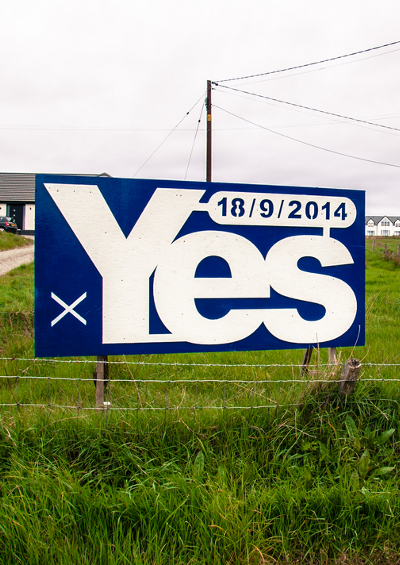9 Facts: Africa’s Middle Class
For all the recent hype, inequality and joblessness stifle the dynamic growth of Africa’s middle class.
August 6, 2014

1. Between 1980 and 2010, Africa’s middle class almost tripled in size — from 115 million to 327 million, or about a third of the continent’s population
2. However, only a relatively small fraction of the continent’s middle class — 14%, or 45 million people — has achieved a secure upper-middle-class existence.
3. Achieving upper-middle-class existence in Africa means living in households that earn between $10 and $20 a day per person.
4. The lower-middle class in Africa — which numbered 83 million in 2010 — live in households earning between $4 and $10 a day per person.
5. At the bottom of Africa’s middle class are the 199 million people in households earning just above the poverty line of $2 a day per person.
6. Thus, as much as 60% of Africa’s middle class is at risk of falling back into poverty.
7. Despite robust economic growth during the first decade of this century, Africa’s middle class remains both poorer and smaller in size than the middle class in other regions of the world.
8. In contrast to Africa, where 33% of the population is considered middle class (as of 2008), 77% of Latin America’s population is middle class.
9. In developing Asia, 56% of the population is considered to be middle class.
Source: The Middle of the Pyramid: Dynamics of the Middle Class in Africa, African Development Bank
Takeaways
Africa’s middle class, which numbered 115 million in 1980, has grown to 326 million in the past three and a half decades.
African’s new middle class faces high living costs – particularly for electricity, health and education.
Fewer than 14% of Africans — about 44 million – have firmly achieved middle class status, earning $10-$20 a day.
